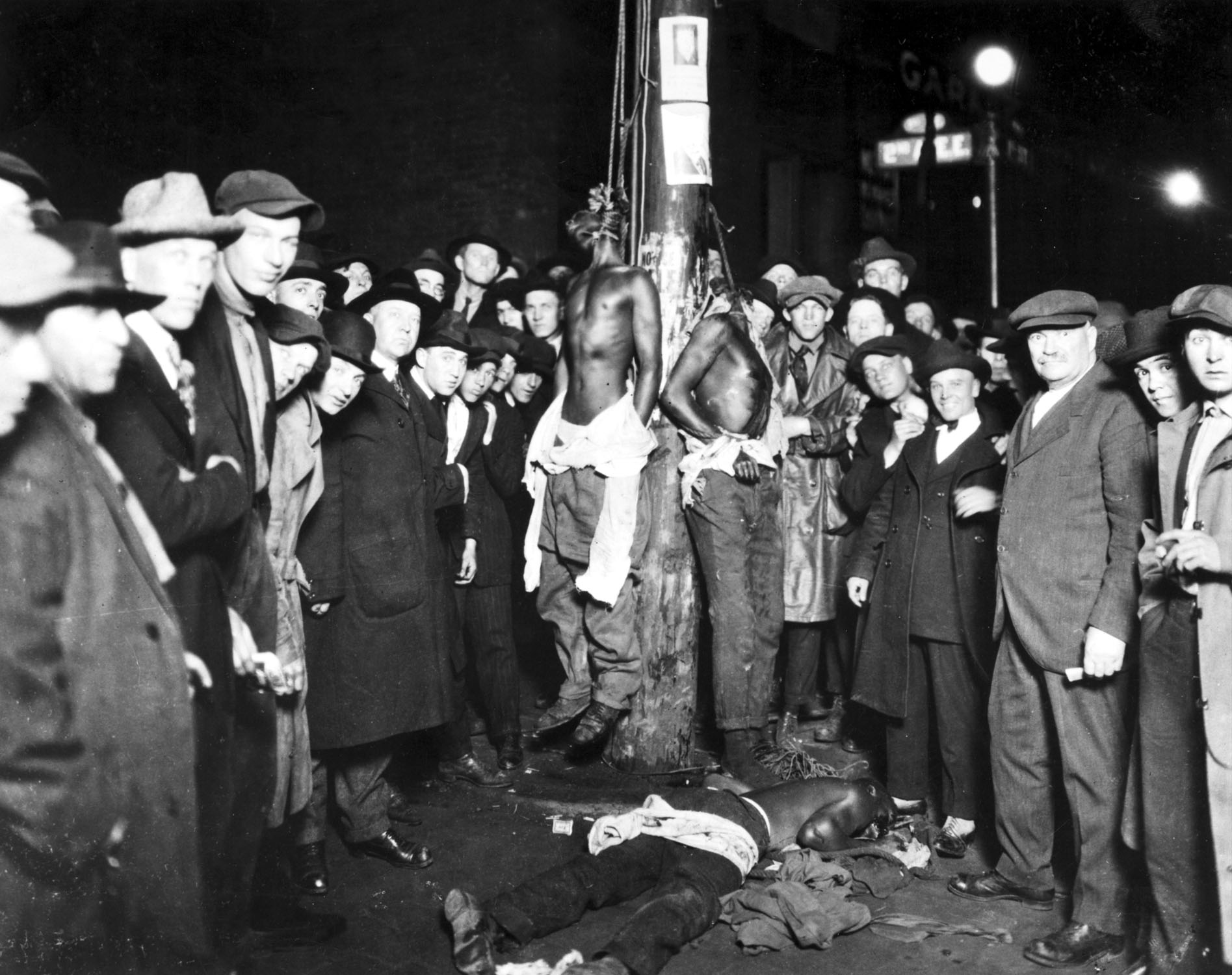
This African American woman is Henrietta Lacks and her cancer cells have changed the world in numerous ways. Henrietta was a mother on a tobacco farm in Southern Virginia and suffered from cervical cancer. A doctor from Johns Hopkins Hospital cut a piece of her tumor without her consent and sent it to scientists (without her knowledge). Henrietta's cells were so important because scientists were able to grow her cells in culture and began research on them leading them to be the worlds first immortal cells. Her cells have changed the medical world forever- it has helped advance medicine from polio vaccine to chemotherapy. It wasn't until twenty years after Henrietta's death that her husband & children found out researchers have been shipping her cells all over the world making a multimillion-dollar industry. This became a large mistrust between the Lacks family and the scientific community. A large problem was the fact that they (the Lacks family) were African American- they were all uneducated and doctors/scientist/researchers took complete advantage of that fact. It is know that African americans and doctors have had bad history for many reasons. This is only one example, but a more famous one is the Tuskegee Syphilis study which most of you probably already know. Being white, it is hard to imagine from the African American's perspective of doctors. Of course now it's different but it wasn't that long ago when all these things happened (roughly 1950's).
















